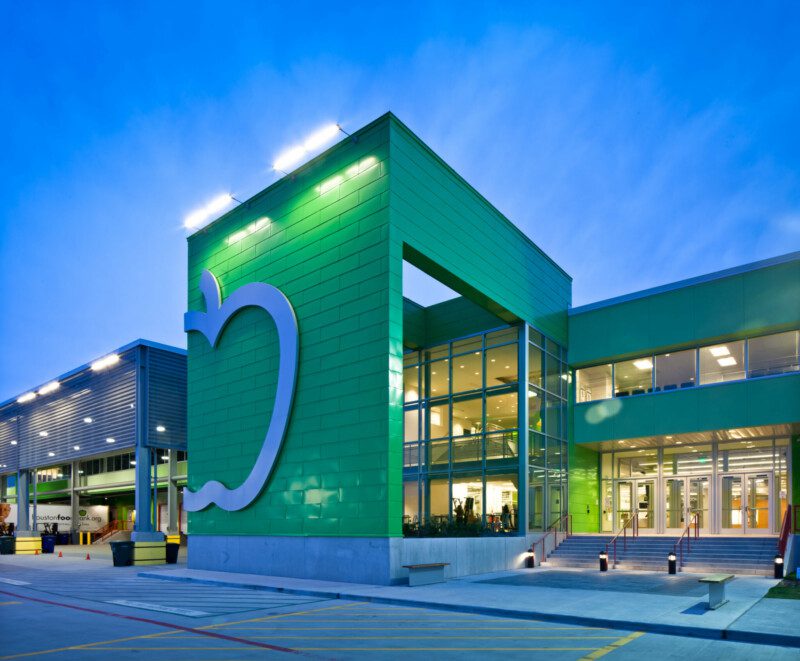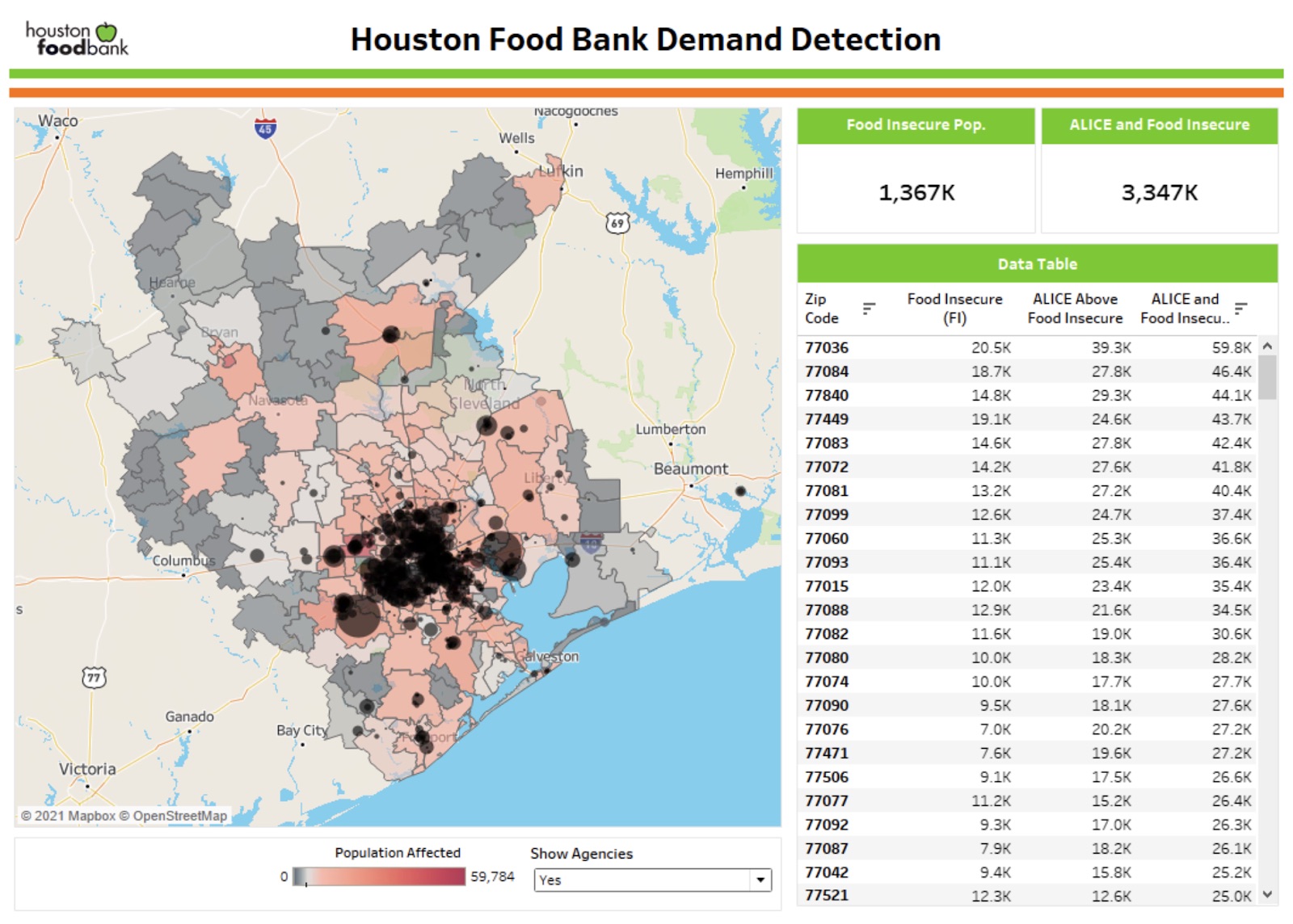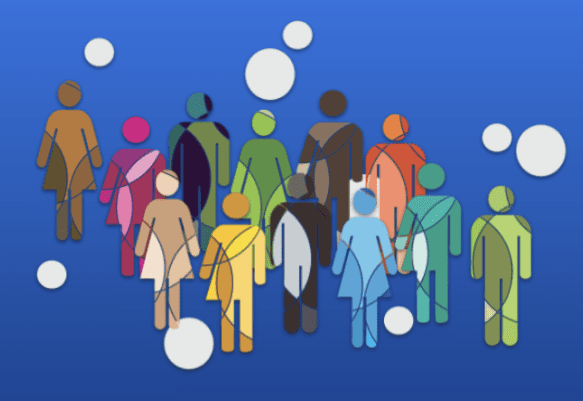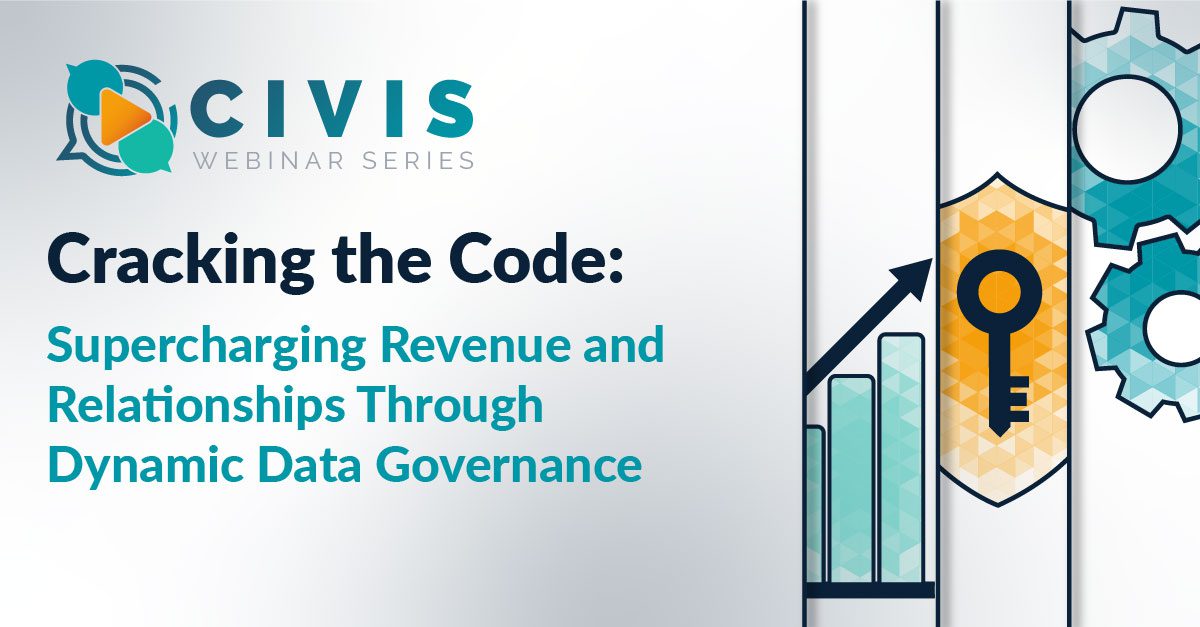Whether you’re a veteran Platform user or just interested to learn more about some of our more advanced Platform tips and tricks, be sure to tune in! Unlock more value from your data through new Civis Platform updates — we’ve been hard at work implementing feature improvements, strengthening integrations, and rolling out new products in Civis Platform.



